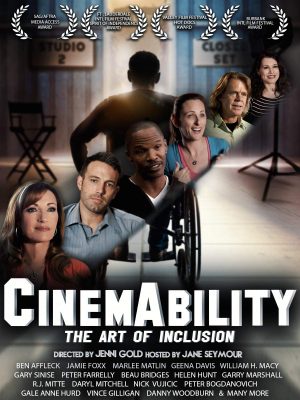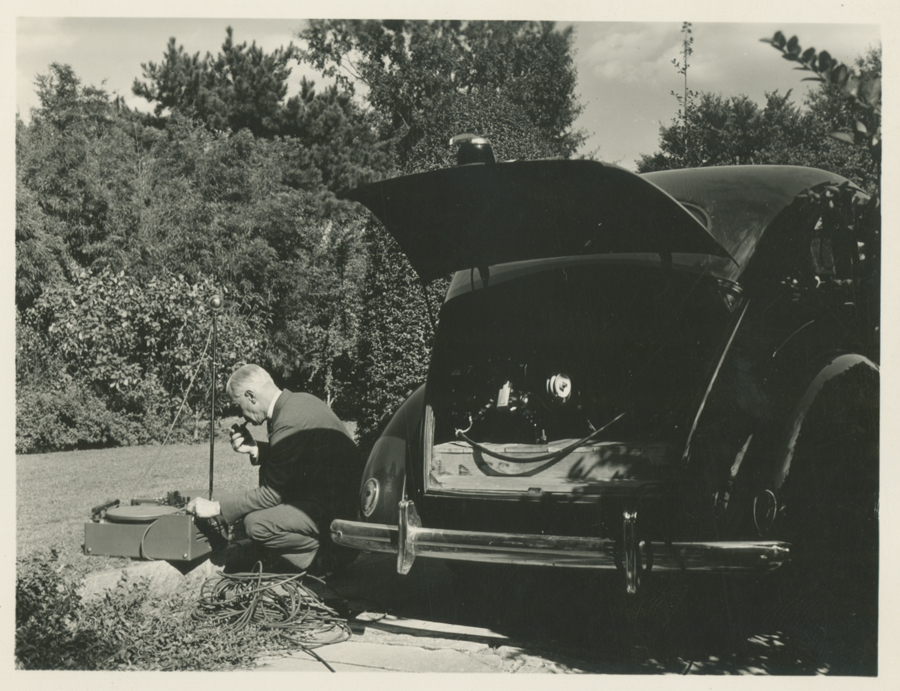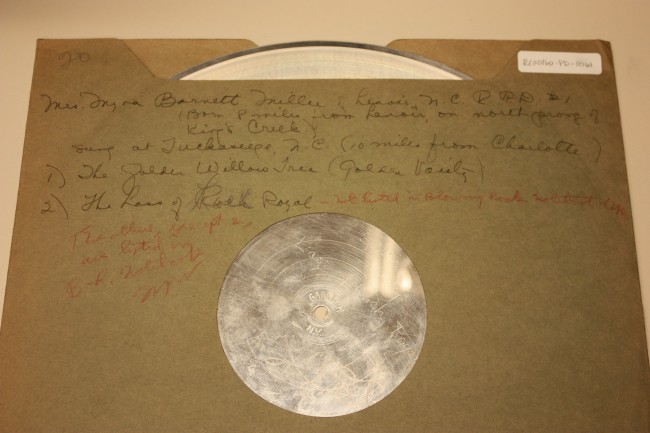 This post was contributed by Luo Zhou, Librarian for Chinese Studies & Coordinator for East Asian Collection Management, Duke University Libraries.
This post was contributed by Luo Zhou, Librarian for Chinese Studies & Coordinator for East Asian Collection Management, Duke University Libraries.
Duke University Libraries has just published the first installment of the William Hillman Shockley Photographs, 1896-1922, depicting daily life in early 20th-century China, Russia, Korea, and Australia. These black-and-white photographs were taken by William Hillman Shockley (1855-1925), an American mining engineer and amateur photographer, during his international trips on behalf of companies interested in identifying favorable sites for the profitable extraction of natural resources. As such, these 4 x 6-inch prints serve as an important visual source not only for the history of these world regions, but also for the study of the global spread of extractive capitalism and its effects on the environment. When completed, this new digital collection will include over 2,200 prints and negatives (more than half of which depict people and places in late-19th-century Qing China).
The prominence of China in Shockley’s photographic archive explains why I was invited to help Duke’s Archive of Documentary Arts create the descriptive metadata for this digital collection —a process that took more than a year’s worth of work. Together with Paula Jeanet, Visual Materials Processing Archivist, who retired earlier this year, and Tiewa Cao, a visiting Chinese archivist, who joined the team for six months, I worked to identify the images of China captured by Shockley’s camera. As is the case in the following portrait of Shockley—who is shown sitting next to an iron furnace, his translator behind him, surrounded by local Chinese workers—half of these prints have captions on the back. Although very brief, Shockley’s hand-written captions provide unique information about the subject and location of the pictures. This is the information that went into the creation of the metadata for Duke’s newest international-themed digital collection.

The late 19th-century saw some very large mining concession deals between the Qing government and foreign companies. The Peking Syndicate Limited—a British-Italian company headquartered in London—was one such company and had a deal with rights to mine coal, iron, and petroleum in Shanxi Province in Western China. In 1897, William Shockley was hired by the Peking Syndicate to survey the mining resources in Shanxi. He arrived in Beijing in January 1898 and started a four-month survey journey that covered the Southeastern part of the province. The survey group had help from local government officials, but the mountainous roads were not easy to traverse in wintertime.

In 1904, Shockley published a detailed report about this trip to China in the flagship journal of the American mining and metallurgical engineering association (“Notes on the coal- and iron-fields of Southeastern Shansi, China,” Transactions of the American Institute of Mining Engineers 34 [1904]: 841-871). Based on this report, I created a map showing the places in China Shockley visited between January to April 1898. All dots on the map are places the American mining engineer listed in his report.
In his capacity as a mining engineer, Shockley visited mainly rural China. This destination was very different from that of most other contemporary foreign visitors, who tended to stick to the big cities and the well-traveled roads. His camera captured images of the local people, their life and social events in villages and small towns. And this focus on rural life is one of the main reasons for the uniqueness of this new digital collection.
Another reason for the uniqueness of Shockley’s photos is their documentation of traditional mining technology, which predated the arrival of the American mining engineer. The earliest description of the Chinese iron making process (known as crucible iron making, 坩埚炼铁) appears in a mid-18th century local gazetteer (博山县志). However, this printed primary source does not include drawings of the crucibles (坩埚) or the furnace used to hold these cylinder-shaped containers, which are described in more detail in modern research papers. But even these publications lack visual evidence on how this local mining technology was used in real life. Shockley’s photos of the coal and iron mining facilities in Shanxi provide a visual supplement to Chinese-language texts describing traditional metallurgical process and tools. For example, the photo on the left depicts the iron furnace at Dayang (大阳镇), an important town for iron products in China (Shockley is the man standing at the right from corner, with crucibles on the left and the furnace behind the group); while the photo on the right provides a close-up of both the crucibles and the men responsible for manufacturing them.

The newly launched digital collection includes images not only from Shanxi and Shanghai (368 photos), but also Neimenggu, Henan, Hebei, Hubei, Northeastern China, as well as Bogoslovsk, Russia (52) and Korea (16). Photos of these other places, as well as additional images of Russia, will be digitized and made available in the near future. So stay tuned!
In the meantime, please check out the current version of Duke’s new digital collection, read the online archival guide to the Shockley photo collection, and email the Archive of Documentary Arts or me if you have any questions.
Related material:
- 1898, 一个美国工程师的山西之行,民间影像,8, 2018 (my Chinese-language article on Shockley’s travels in Shanxi)
- William Hillman Shockley collection – University of Nevada, Las Vegas, Department of Special Collections
- William Hillman Shockley Travel Diaries, 1908-1909 [documenting train trips from N.Y. to California] – Beinecke Library, Yale University
- William Hillman Shockley Photographs of Peru, 1903 May-October – Beinecke Library, Yale University
- William Hillman Shockley Photographs of Sudan, 1905 Janurary-April – Beinecke Library, Yale University
- William Hillman Shockley papers – Stanford University Department of Special Collections and University Archives
- William [B.] Shockley papers – Stanford University Department of Special Collections and University Archives.
- Sidney D. Gamble photographs of China – David M. Rubenstein Rare Book & Manuscript Library
- Americans in the land of Lenin: documentary photographs of Early Soviet Russia – David M. Rubenstein Rare Book & Manuscript Library


















































































































 Starting this semester, Duke University faculty, students, and staff can request to have certain public domain books scanned on demand. If a book is published before 1923* and located in the Perkins, Bostock, Lilly, or Music Library or in the Library Service Center (LSC), a green “Digitize This Book” button (pictured here) will appear in its online catalog record. Clicking on this button starts the request.
Starting this semester, Duke University faculty, students, and staff can request to have certain public domain books scanned on demand. If a book is published before 1923* and located in the Perkins, Bostock, Lilly, or Music Library or in the Library Service Center (LSC), a green “Digitize This Book” button (pictured here) will appear in its online catalog record. Clicking on this button starts the request.







